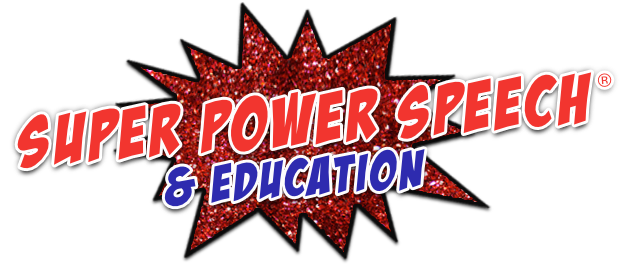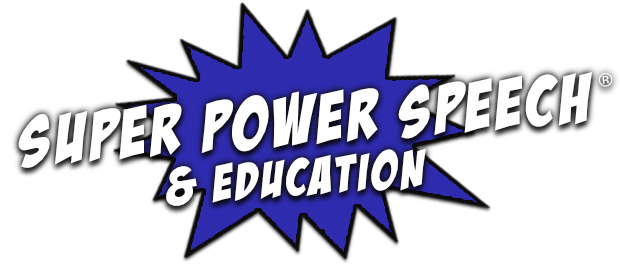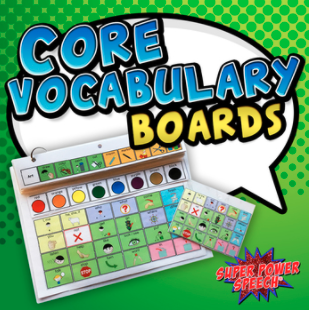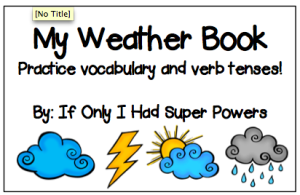6 steps to communication partner buy-in
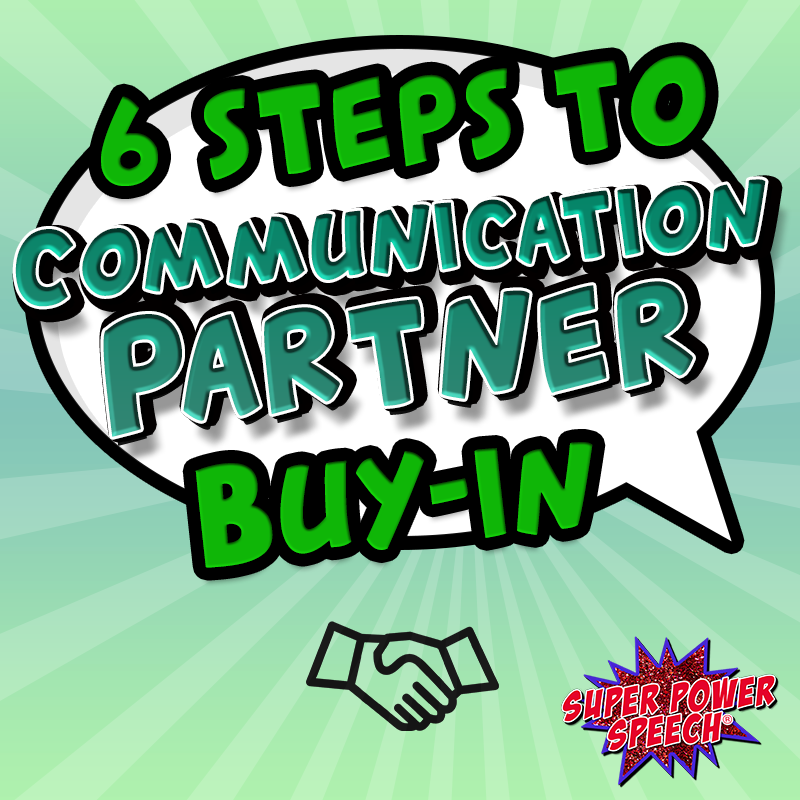
You’ve completed professional development. You’ve listened to podcasts. You’ve read the research. You’ve told the team all about WISE strategies. YOU know that a trained communication partner is key for the success of individuals who use AAC. But your communication partners just aren’t following through. The communication devices are on a shelf. The batteries are drained. The classroom staff can’t find any of the words on the device because there are (a) too many or (b) not enough.
You want to pull out your hair and run around in circles screaming, “I trained you on how to do all of this already!!!” You are tempted to take the AAC and stark whacking people on the head with at least the light tech devices.* Unfortunately, your boss would look down on that behavior (although it would make for a great happy hour story one day).
Instead, you take a deep breath (or 10) and begin the problem-solving process. How can you increase communication partner buy-in?
Below are six steps to help even the most reluctant communication partner buy-into using AAC communication partner strategies.
*I’m realizing here that I may be revealing a little too much about my base personality!
Trust

Before anyone will believe or want to do anything that you say, you have got to build trust! There are several ways to do this (1) establish yourself and an expert, (2) develop personal relationships. People are more likely to listen to what you have to say if they believe that you are an expert or at least know more than they do about the topic. You may position yourself as an expert through your education, degrees, or the knowledge that you share. You can also position yourself as an expert through your attitude and confidence (we all know people that position themselves as experts and leaders about something they know nothing about just by the words and tone that they use!).
Sometimes being an expert in the field is enough to influence others. Many times, however, there must also be a personal relationship or connection. Spend time getting to know the people you are coaching. Help them to know that you care about them, the AAC user and that you are a relatable person just trying to help as much as you can. When you are called in as a one-time consultant or expert and have no time to develop deep bonds, positions yourself as personable through stories and anecdotes. People are more likely to listen to and want to follow others with whom they can relate.
See the problem/need for change
Your communication partners must be aware that handing a device to a child will not magically make them an expert communicator. There are a number of barriers to successful interactions for individuals with complex communication needs. Before beginning to train, lead them through a list of current or potential barriers. These may include…

- Aided AAC systems are not available. They may be in a backpack, on a shelf, or left in another location. This is an amazing video from a school in South Africa reminding communication partners to keep AAC systems available at all times. I highly recommend that you share it with all members of your team.
- AAC systems are abandoned when they are not understood, not valued, break with no one to fix them, or don’t meet the needs of the individual.
- Individuals don’t understand or want to use their systems when no one has taught them how, or if no one else is using a system. Remember that it takes a typically developing child 1 year to say their 1st word & years to create sentences. It takes preschool and school-age children several years to understand that squiggles have meaning as letters and sounds and that sounds can be put into words. And that words can be put into sentences.
- Communication partners often don’t know how to interact in a meaningful way. They may try to “teach” but not develop fun social interactions that build relationships. Another communication barrier is that Conversations with individuals who use AAC may not feel natural. In fact, many struggle to provide the best communication opportunities possible. In 1985, Light et al. found that even the most familiar communication partners, caretakers, struggle to have a balanced conversation with their AAC user. Without specific training, communication partners are more likely to
- spend more time on their own turns, in other words, give the AAC user less time to participate
- initiate more topics
- take more turns than the AAC user
- and demand specific responses rather than open-ended responses
Understand their importance
One of the most important aspects of long-term AAC success is the support and knowledge of communication partners (Johnson et al., 2006). Without training, however, Light et al. (1985) found that communication partners are more likely to hinder communication exchanges by:
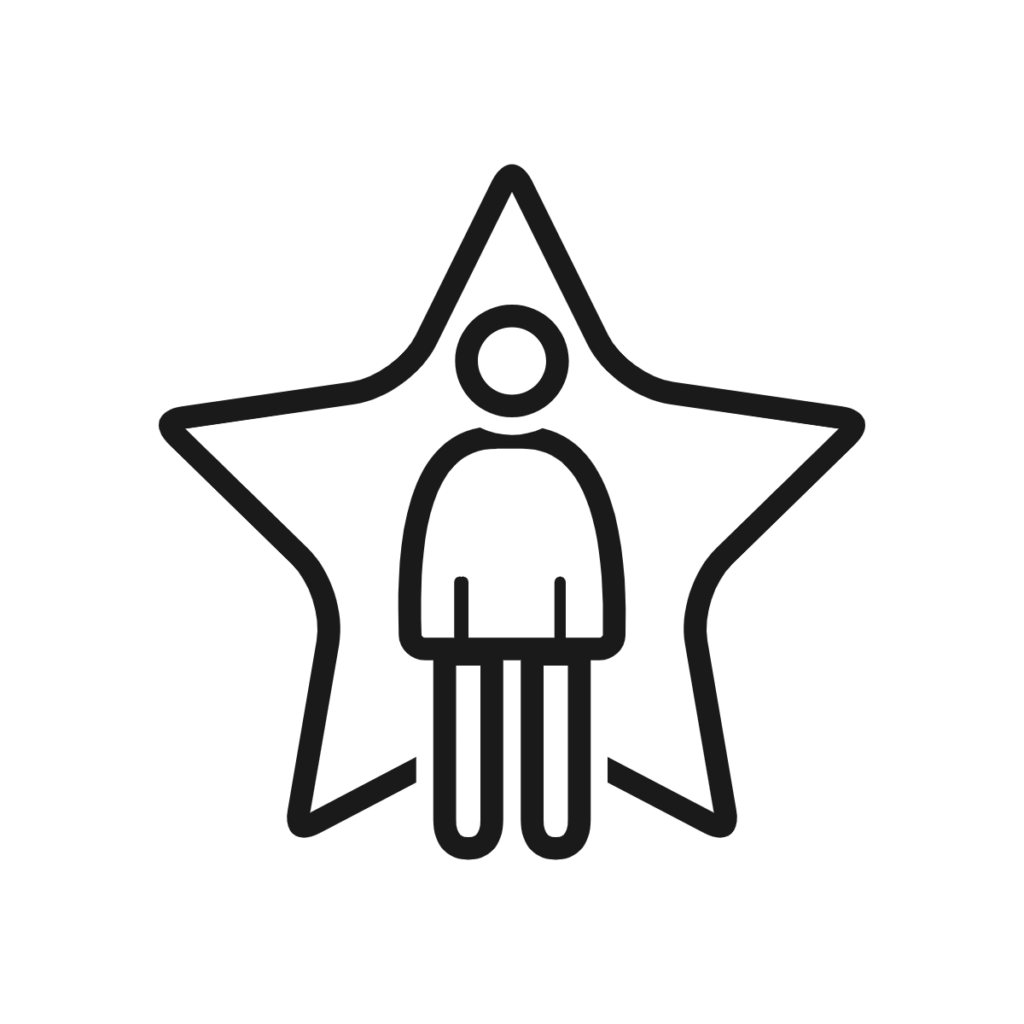
- spending more time on their own turns, in other words, give the AAC user less time to participate
- initiating more topics
- taking more turns than the AAC user
- demanding specific responses rather than open-ended responses
Communication partners need to believe that they are vital for building successful and meaningful communication exchanges.
Understand how the AAC system works
Communication partners need to understand how the AAC system works. This includes all aspects of the system – both aided and unaided communication used by the individual. All communication partners should have an understanding of how the system works and where to get more information when there are questions.

Some communication systems are a matter of memorization and practice. For example, with a large core board, the more that I practice, the faster that I get. Just like learning how to touch type or use the keypad on your phone. Other systems, however, require specific training with explanations as to how to operate the device or how the language system works.
There are many free trainings available by companies, speech pathologists, or workshops.
- PRC training: https://www.prentrom.com/education/classes?type=master_the_technology&method=on_demand
- Proloquo2: https://www.assistiveware.com/blog/new-to-proloquo2go-training
- TobiiDynavox: https://us.tobiidynavox.com/pages/training-and-support
- Touchchat: https://touchchatapp.com/support/webinars
- Coughdrop: https://blog.mycoughdrop.com/coughdrop-aac-free-web-training/
- PODD: http://www.poddusa.com/index.html
- PECS: https://pecsusa.com/training-series/pecs-training/
- Core Vocabulary Exchange System: https://www.northernspeech.com/technology-and-therapy/cves-core-vocabulary-exchange-system-boardmaker-intermediate-medium-105/
Have a growth mindset
Carol Dweck proposed a continuum for mindset, including fixed and growth. A growth mindset means that you can learn new skills through effort and persistence. People with a growth mindset embrace challenges, see learning as a process, learn from feedback, and set their own goals. The power of “yet”.

Many school districts teach students how to grow and expand their current learning by using a growth mindset. It is just as important that adults have a mindset that they will learn new things and persevere even when there are challenges.
For more information, presentations, and podcasts about Growth Mindset, check out these resources:
- https://www.youtube.com/watch?v=ZnDcg2m7VPE
- https://presenters.aacconference.com/videos/UVRJNVFUSXc=
- https://talkingwithtech.podbean.com/e/gemma-white-fostering-a-growth-mindset-with-core-words/
- https://presenters.aacconference.com/videos/UlRVd1FUSXc=
Make a commitment
Adult learning theory provides evidence that making a formal commitment increases follow-through and progress. When you consider individuals who have put themselves out there publicly to commit to a weight loss program, it makes more sense. Making a commitment, especially a public one adds accountability to yourself and others.

Communication partner training research by Kent-Walsh (2003), Kent-Walsh and Binger (e.g. 2010), and my research has successfully used partner commitment within AAC training. Communication partners either sign or verbally commit to specific goals, time commitments, and participation levels before the training begins. These may look like SMART goals, or more general guidelines. Commitments work well when they correspond to specific scheduling and numbers (i.e., “On June 13th, I will actively participate in role-playing AAC strategies with the trainer and then practicing three times with my student.”).
Commitments can also look like “I” statements on the wall to remind individuals what they are committing to. Examples in a self-contained classroom or family refrigerator could include, “I model using the AAC device.” “I expand Jonny’s communication by adding one word.” “I learn how to find at least one new word on Jonny’s device each day and use it with him.” “I spend 15 minutes per day reading a book with Jonny and showing him how to use his device.”
What are some things to which you have committed? An exercise program, a graduate program, a job? How did that extra step of commitment (or signing a contract) work for you?
With a shift in understanding, mindset, and commitment, all communication partners can buy-in to communication partner strategies!

Looking for more AAC resources and training materials? Check out AAC Core Vocabulary Boards. This robust light-tech language system includes training handouts, research, and editable core and fringe!
References
Johnson, J., Inglebret, E., Jones, C., & Ray, J. (2006). Perspectives of speech language pathologists regarding success versus abandonment of AAC. Augmentative and Alternative Communication, 22(2), 85-99.
Kent-Walsh, J., & Binger, C. (2013). Fundamentals of the ImPAACT program. Perspectives on Augmentative and Alternative Communication, 22(1), 51-58.
Kent-Walsh, J., & McNaughton, D. (2005). Communication partner instruction in AAC: Present practices and future directions. Augmentative and Alternative Communication, 21(3), 195-204. https://doi.org /10.1080/07434610400006646
Kent-Walsh, J., Murza, K. A., Malani, M. D., & Binger, C. (2015). Effects of communication partner instruction on the communication of individuals using AAC: A meta-analysis. Augmentative Alternative Communication, 31(4), 271-284.
Light, J., Collier, B., & Parnes, P. (1985). Communicative interaction between young nonspeaking physically disabled children and their primary caregivers: Part I – discourse patterns. Augmentative and Alternative Communication, 1(2), 74-83. https://doi.org/10.1080/07434618512331273591
